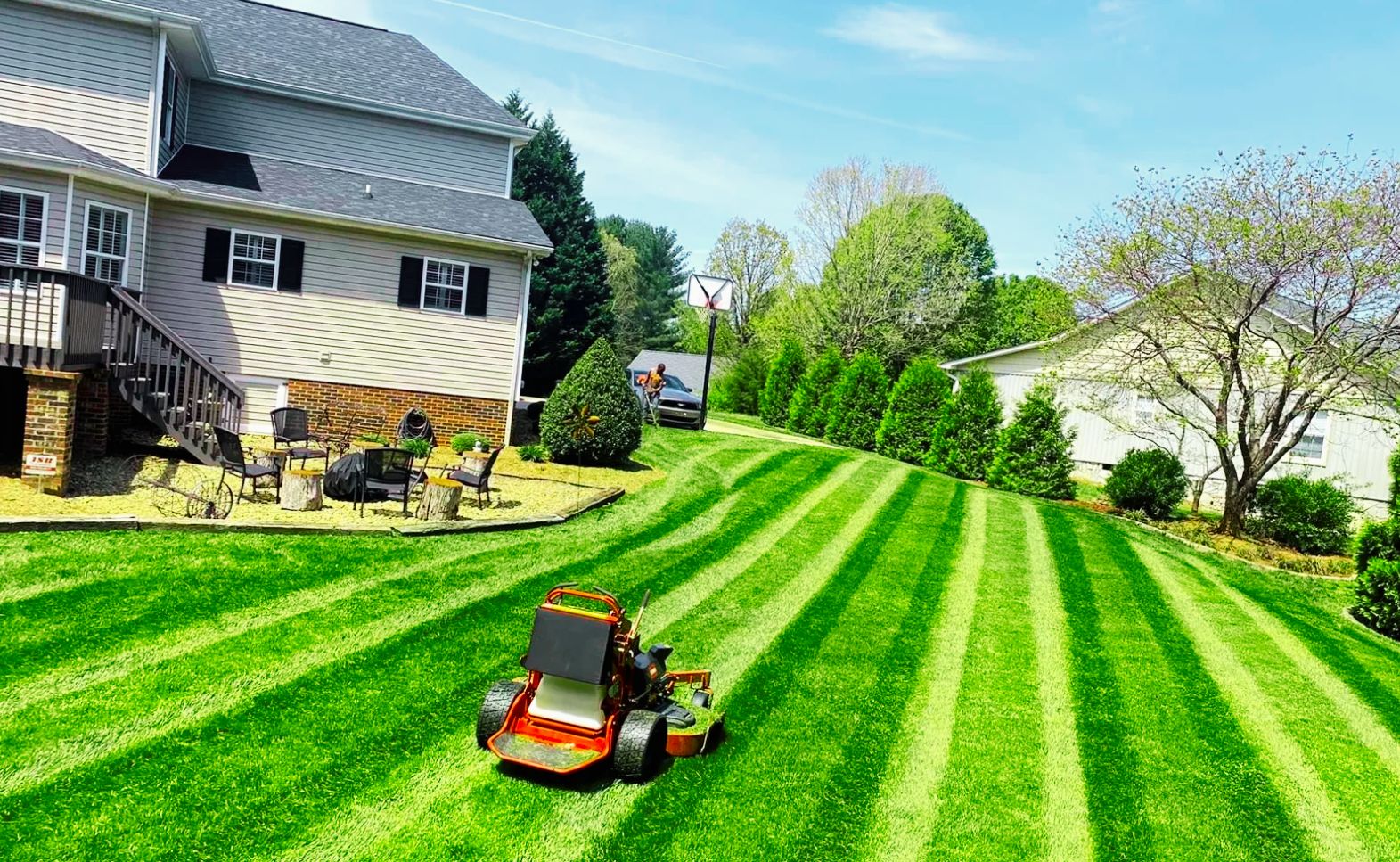Choosing the right type of grass for your lawn in Massachusetts is crucial to ensure it thrives in the local climate and soil conditions. Massachusetts experiences a range of temperatures and weather patterns, so it’s important to select grass varieties that are hardy, adaptable, and low-maintenance. Here are some of the best grass types for Massachusetts lawns, along with tips for maintaining a lush and healthy yard.
Cool-Season Grasses: Ideal for Massachusetts
Cool-season grasses are best suited for Massachusetts due to their ability to withstand cold winters and thrive during the cooler months of spring and fall. Here are the top grass types recommended for Massachusetts lawns:
1. Kentucky Bluegrass (Poa pratensis)
Description: Kentucky Bluegrass is known for its rich green color, fine texture, and excellent density. It’s a popular choice for home lawns due to its beautiful appearance and durability.
Benefits:
- Cold Tolerance: Thrives in cooler temperatures and withstands cold winters.
- Self-Repairing: Spreads via rhizomes, helping to fill in bare spots and recover from damage.
- Aesthetic Appeal: Provides a lush, dark green lawn with a fine texture.
Maintenance Tips:
- Watering: Requires regular watering, especially during dry spells.
- Mowing: Mow to a height of 2.5 to 3.5 inches.
- Fertilizing: Fertilize in early spring and fall for optimal growth.
2. Perennial Ryegrass (Lolium perenne)
Description: Perennial Ryegrass is valued for its quick germination and establishment. It has a fine to medium texture and a vibrant green color.
Benefits:
- Rapid Establishment: Ideal for overseeding and quick lawn repairs.
- Wear Tolerance: Handles foot traffic well, making it suitable for high-traffic areas.
- Disease Resistance: Generally resistant to common lawn diseases.
Maintenance Tips:
- Watering: Moderate water needs; keep soil consistently moist during establishment.
- Mowing: Mow to a height of 2 to 3 inches.
- Fertilizing: Regular feeding during the growing season promotes lush growth.
3. Fine Fescue (Festuca spp.)
Description: Fine Fescue includes several species such as Creeping Red Fescue, Chewings Fescue, and Hard Fescue. These grasses are known for their fine texture, shade tolerance, and low maintenance.
Benefits:
- Shade Tolerance: Performs well in shady areas where other grasses may struggle.
- Low Maintenance: Requires less water and fertilizer compared to other grasses.
- Cold Hardiness: Excellent tolerance to cold temperatures and frost.
Maintenance Tips:
- Watering: Low to moderate water needs; avoid overwatering.
- Mowing: Mow to a height of 1.5 to 2.5 inches.
- Fertilizing: Light fertilization in spring and fall suffices.

4. Tall Fescue (Festuca arundinacea)
Description: Tall Fescue is a coarse-textured grass that is drought-tolerant and adaptable to a range of soil conditions. It’s particularly suited for areas with fluctuating moisture levels.
Benefits:
- Drought Tolerance: Deep root system helps it withstand dry conditions.
- Heat Tolerance: Performs well during hot summer months.
- Versatility: Suitable for both sun and partial shade areas.
Maintenance Tips:
- Watering: Deep, infrequent watering to encourage deep root growth.
- Mowing: Mow to a height of 3 to 4 inches.
- Fertilizing: Fertilize in spring and fall with a balanced fertilizer.
Tips for a Thriving Lawn in Massachusetts
1. Soil Testing
- Conduct a soil test to determine pH and nutrient levels. Amend the soil as needed to create an optimal growing environment for your grass.
2. Proper Watering
- Water deeply and infrequently to promote deep root growth. Early morning watering is best to reduce evaporation and prevent fungal diseases.
3. Aeration and Overseeding
- Aerate your lawn in the fall to relieve soil compaction and improve air and water movement. Overseeding with the appropriate grass type helps fill in thin areas and enhances lawn density.
4. Mowing Practices
- Maintain proper mowing heights for each grass type to promote healthy growth and prevent stress. Avoid cutting more than one-third of the grass blade at a time.
5. Fertilization Schedule
- Follow a regular fertilization schedule tailored to your grass type and soil needs. Use slow-release fertilizers to provide consistent nutrients.
Conclusion
Selecting the right grass type for your Massachusetts lawn ensures a healthy, attractive, and resilient yard. For professional lawn care and landscaping services, contact Green Pulse Landscaping. Our experts can help you choose the best grass varieties and provide ongoing maintenance to keep your lawn looking its best.
Contact Us:
Let Green Pulse Landscaping help you achieve a lush, green lawn that enhances the beauty and value of your property.
Contact us today for a free estimate at
(857) 504-5117 or email us at
contact@greenpulselandscaping.com to schedule a consultation and learn how we can help you achieve a lush, green lawn.
Click to Call Us!


